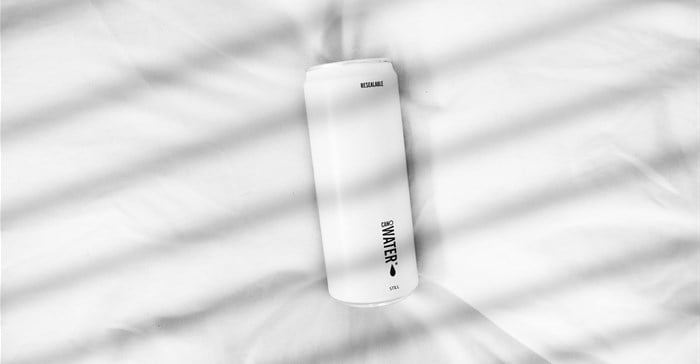






Cigarette advertising has long been a somewhat contentious issue. Ever since its banning in South Africa in 2000, packaging has been the only remaining avenue open to tobacco manufacturers to differentiate their products.
However, that avenue looks to be coming to an end with plans to implement a new ruling requiring tobacco manufacturers to use only plain packaging. The latter regulation requires manufacturers to remove all branded features from external packaging with only the brand name written in a standardised format, font size and colour.
South Africa will not be the first country to implement this regulation: Australia, France, the UK and Ireland have already implemented plain packaging for tobacco products with a several other countries intending to follow suit.
In Australia, the introduction of plain packaging has had very limited success in reducing sales with critics arguing that two consecutive tax hikes in all likelihood played a more significant role. In South Africa too, there is little evidence that a ban on tobacco advertising reduced the number of smokers in the country.
The International Advertising Association (IAA) has argued that any proposals to introduce plain packaging on a product that is legal to sell and legal to buy sets a dangerous precedent and that its enforcement for tobacco, however well-meaning, could all too easily be expanded into other products with far-reaching and unforeseen consequences.
The reality is that plain packaging for tobacco products is unlikely to reduce the number of smokers. The only way to stop people smoking is to implement a total ban on the sale of tobacco products, although even this is unlikely to succeed as it would inevitably simply give rise to a greater number of illicit tobacco products sales.
According to a 2018 Brand Finance report on the world’s most valuable tobacco brands, there was an average 6% reduction in brand value between 2017 and 2018 as a result of increased regulatory challenges, including the removal of packaging differentiation and the introduction of new products.
It says tobacco brands are visibly behind brands from other sectors. “Combined with existing advertising restrictions, removing even packaging differentiation will undoubtedly cause further harm to tobacco brands in the future,” said the report.
After the introduction of plain packaging for tobacco products in some countries and calls to extend this legislation to other sectors, in 2017, Brand Finance analysed on the potential financial impact of this policy on the alcohol, confectionery, savoury snacks and sugary drinks categories.
It estimated that if plain packaging were to be implemented in the beverage industry, for example, businesses in the industry could see losses of close to $300bn in global brand value.
Brand Finance CEO, David Haigh, was quoted as saying: “To apply plain packaging in the food and drink sector would render some of the world’s most iconic brands unrecognisable, changing the look of household cupboards and supermarket shelves forever and result in astronomical losses for the holding companies.”
There is no doubt that brands should be playing a stronger role in society and making greater efforts to be good corporate citizens. Similarly, there is no argument that marketing and branding can skew perceptions of products.
Whether removing all brand differentiators on product packaging is the solution is doubtful and will likely to result in consumers buying purely on price.
The challenge then would be for brand owners to find ways of differentiating their product based purely on quality, a tall order in most instances.
